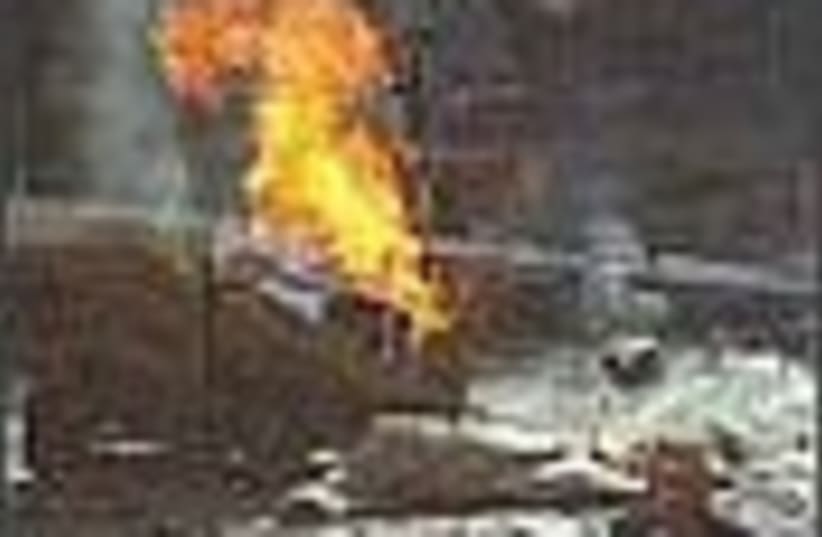| More about: | Iraq, Presidency of George W. Bush, Condoleezza Rice, Saddam Hussein |
The burning question: What next in Iraq?
In the wake of the Iraqi vote and demands at home, the US sets policy for stabilizing Iraq.


| More about: | Iraq, Presidency of George W. Bush, Condoleezza Rice, Saddam Hussein |